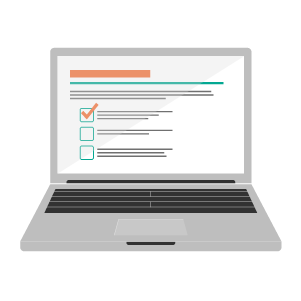About the author: Kayman McIver
Kayman is a science teacher with 13 years of experience. She loves the world of education and is thrilled to help others join the field. Her other loves include running, hand-lettering, and quirky middle schoolers.

Passing the MTLE, or Minnesota Teacher Licensure Examinations, is one of the last steps toward becoming a teacher in MN. So if teacher certification is your goal, you will need to know how hard the MTLE exams are and how you can pass the exams you need to take. More than that, you need to know what resources are out there to help you pass and how to study for the MTLE. This article will guide you on the path to success.
Are you ready to get started? Let’s go!
The MTLE is a collection of exams, so the difficulty varies from one test to another. The pedagogy tests have very high passing rates, at 95% or above, even for first attempts. The passing rate for content exams ranges from 50% to 100%. Check out the passing rate for your exam in the MTLE Technical Report.
You must pass all three subtests of the Essential Academic Skills exam (Mathematics, Reading, and Writing) and all appropriate pedagogy and content-area exams in order to be eligible for a Minnesota teaching license. The passing score for each MTLE exam varies. Most of the MTLE tests require a score of 240 out of 300 to pass. The Essential Academic Skills Test requires a score of 520 out of 600. These are scaled scores, so you don’t necessarily need to answer 80% of the questions correctly. Each question has a point value to ensure the difficulty is the same across tests. Check out the passing requirements of each test on the MTLE testing website.

There are many resources for the MTLE. Some are in print and some are online. Look for two different types of test preparation: on test material and on the MTLE test structure. Study guides are helpful for an overview of the material that will be tested on each exam, and the MTLE testing website offers a tutorial on the computer software that you will need to use on the day of the exam. Check out 240 Tutoring’s MTLE study guides for the Essential Academic Skills exam and for the specific pedagogy exams and content-area exams that you’re planning to take.
The best resources to use to study for the MTLE are the Minnesota Teacher Licensure Examinations testing website and 240 Tutoring, for totally different reasons. The MTLE website can really help you feel familiar with the computer screen, reference materials, and the testing center. And 240 Tutoring can provide you with helpful MTLE resources, including a diagnostic test, study guide, flashcards, and practice questions.
A study guide will help you master the material while using your time wisely. Look for a study guide that comes with a diagnostic test. After taking this test, you will know what areas you need to focus on. Then you can review the study guide and flashcards. Once you feel confident in the material, use the practice questions to reevaluate yourself. You can get started with 240 Tutoring’s Essential Academic Skills examination study guide.
In order to study for the MTLE, you need to break down the information into groups. Each MTLE exam divides the material into subtests, so you should do the same when you review. Starting with one subtest, divide the material further until you have manageable chunks. Taking a diagnostic test will help you identify which topics need the most review and it will also help you break the material into groups.
You should begin studying about eight to ten weeks before the exam. The last week before the exam, you should spend time reviewing all of the material together.

Preparing for the MTLE takes time, but the actual amount depends on the person. Head to 240 Tutoring and take a free MTLE practice test so you know your strengths and needs. Once you have this information, you can better assess how much time you need to prepare. On average, plan on five to eight hours per week for about two months. So, what are you waiting for? Get going!
Not sure what to study, or if you are going to pass? We can help!
I'm a teacher candidate at a university/college I'd like to transition to teaching I'm a current / former teacher I'm in leadership for K-12 or Higher Ed (EPP)
What best describes why you are looking to be certified?
I'm teaching in a new state I'm teaching a new grade level I'm teaching a new subject I'd like to expand my supplementals / endorsements I'm currently not certified My certification(s) expired
Question 1 of 2
What best describes the type of organization you work for?
Higher Ed Institution K-12 District or State DOE Other EPP